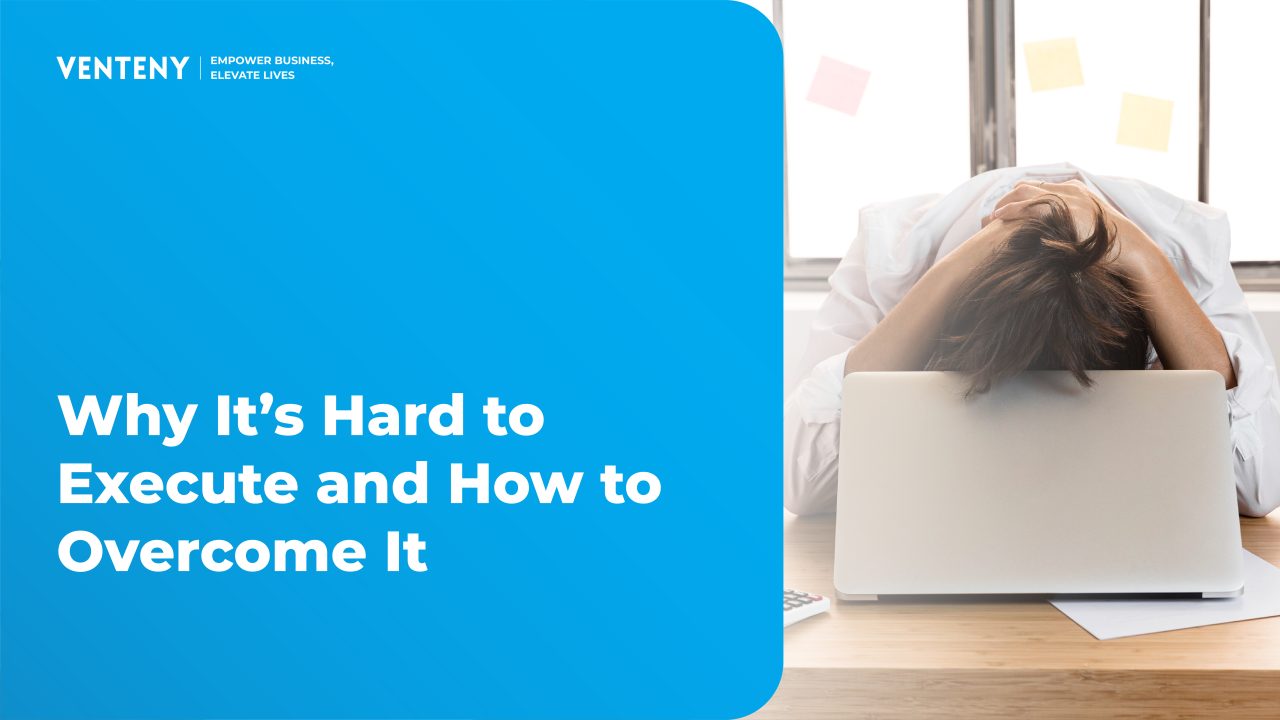Have you ever felt super motivated when making work plans? “Tomorrow I’ll finish that report!” or “Today I’ll focus, no distractions!” But when it’s time to execute, it’s suddenly delayed, either because of endless scrolling on social media or getting sidetracked with something else. In the end, intentions remain intentions, while the workload continues to pile up. This phenomenon has a name: the intention action gap. Simply put, it’s the distance between having good intentions and failing to put them into action. At work, this gap often drags down productivity.
What Is the Intention–Action Gap?
The intention–action gap occurs when the intention is clear, but it’s challenging to translate it into concrete action. Examples include:
- Planning to arrive early at the office, but I overslept after staying up late.
- Planning to stay focused in meetings, but your mind drifts to unfinished tasks.
- Planning to complete a report, but getting lost in chats or social media.
The result? Great plans often stay in your head instead of being turned into real output.
Why Does Execution Often Fail?
You already have the intention, the target is clear, but the action still falls short. Many people become stuck in the planning phase and never progress to the doing phase. Before blaming yourself, it helps to understand why execution so often fails:
- Lack of Prioritization
Having too many intentions at once makes it unclear what to tackle first, so everything gets delayed.
- Constant Distractions
Phone notifications, office chatter, or even a small snack craving can break concentration.
- Mental Blocks
Perfectionism or a fear of failure can lead to procrastination. “I’ll do it later when I’m more ready.”
- Low Energy and Mood
Fatigue and stress drain your energy, leaving you with no motivation to act.
How to Bridge the Gap Between Intention and Action
Once you know the causes, the next step is to find solutions. Here are some practical ways to help you consistently turn plans into real action:
- Break Tasks Into Smaller Pieces
Instead of thinking “finish a 20-page report,” start with “make the outline” or “write the first two pages.”
- Use Simple Systems
A to-do list, Google Calendar, or project management tools can guide your workflow.
- Stick to a Schedule
Set specific times to work on tasks. Don’t wait for motivation to strike.
- Manage Your Energy
Sleep well, eat regularly, and take breaks. Sometimes the problem isn’t intention but low energy.
- Just Start
Don’t wait for perfection. Taking small first steps builds momentum.
Companies can also play a role in supporting employee productivity. For example, the VENTENY Employee Super App provides tools like V-Merchant, which helps employees meet their daily needs more easily and affordably. Support like this reduces external worries, making it easier for employees to stay focused and consistent at work.
The Benefits of Consistent Execution
When intentions successfully turn into action, the impact is clear:
- Tasks get completed on time, reducing stress.
- Productivity improves, and work performance rises.
- Confidence grows as you prove to yourself that goals can be achieved.
Conclusion
Intentions are important, but meaningless without action. The intention–action gap can trap us in the cycle of “I’ll do it tomorrow,” while time keeps moving forward. The good news is, you can close the gap with simple steps: start small, be disciplined, and stay consistent.
And when companies also support productivity with platforms like the VENTENY Employee Super App and its V-Merchant feature, employees can focus better on their work. The best results come not only from individual discipline but also from a supportive workplace ecosystem.




